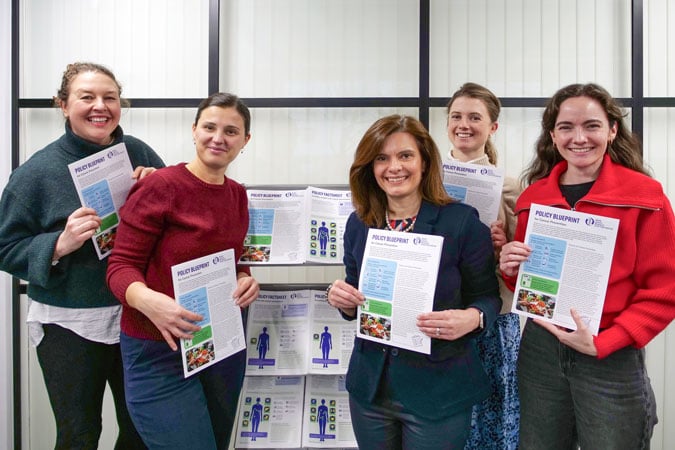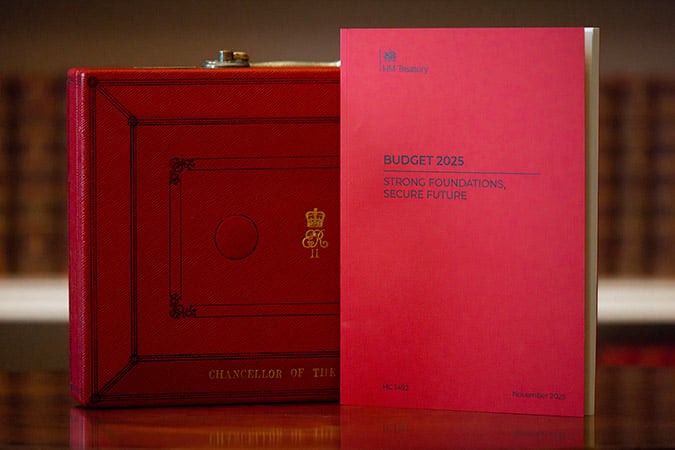The importance of pilot and feasibility studies

There aren’t many things in life you run straight into without testing first. Plays need rehearsals, restaurants need test kitchens, and researchers need feasibility studies.
Think about pilot and feasibility studies like the first walk-through of a play. You’re planning a large-scale production, and you want it to be a success – you can’t just go straight into the performance. First, you need to suss out: have you got the script right? Can you get the actors in the roles? Will the show be a hit?
It’s the same with feasibility studies. Before you run a big trial, with a lot of time, funding, and resources thrown into it, you need to figure out whether the whole thing is actually possible!
What do pilot and feasibility studies aim to achieve?
The aim of both pilot and feasibility studies, yes – you’ve guessed it – is to see if a study is feasible. A pilot study tests the exact design of a larger future trial; it’s essentially a mini version. A feasibility study differs in that it doesn’t have to follow the exact design of the planned trial, instead it can explore various aspects of the study’s design to find out what works best.
These studies are the prime time to ask key questions and put them to the test in real life. These include questions about:
- Recruitment and retention: can you realistically get enough people to take part in the trial? And not only will they sign up, but will they stay for the whole duration?
- Acceptability and adherence: are participants and staff happy with the study plan and assessments that are carried out? And do they follow it as planned?
- Data: is the data collected reliable, complete, and good quality?
- Resources: have you factored in all the relevant ingredients? Do you have enough time, staff and money to run it as planned?
- Method: is this study recipe one that can be followed smoothly?
- Safety: are there any safety concerns that could prevent scaling up?
Without testing, it can be hard to know. The science could be spot on, the study beautifully designed, but if participants don’t like it or professionals find delivering it a burden, then you don’t have a successful trial on your hands.
Therefore, researchers take this chance to identify and explore potential challenges before the main trial begins. By tackling these issues early, you’re less likely to face unexpected problems or setbacks further down the line.
Feasibility studies also represent the first touch point with real people that could be involved in the research. This allows the target group to be the central focus and understand what works for them. This opens up the opportunity for researchers, clinicians, and participants to collaborate and learn how best to conduct the study.
Funding pilot and feasibility studies
Once you’ve got the findings from your feasibility trial, it’s going to be much easier to progress to running the actual trial, because you’ve rehearsed it. Not only that, but it will also help secure the funding needed to run the bigger trial. After all, they’re not cheap. Being able to show pilot or feasibility data to funders proves that you’re coming to them with a tried and tested plan, boosting the chances that the main trial will be achievable.
That’s why at World Cancer Research Fund International, we offer specific grants for pilot and feasibility studies, as part of our Regular Grant Programme. These are for shorter time periods, with lower budgets than our investigator initiated grants.
Sometimes they prove to work well and achieve the intended results.

Dr Campbell
One example is our grant holder Dr John Campbell, who ran a pilot trial to assess whether a 16-week exercise programme for people with chronic lymphocytic leukaemia (a type of rare cancer of the blood and bone marrow) was safe and acceptable.
The study concluded that the programme was both safe and feasible, and even showed an increase in muscle mass and reductions in fat around the lower body.
Dr Campbell and his team also received positive feedback from the participants in the study, with one saying:
“I have strong memories of the trial. It came into my life during some dark days and gave me a sense of routine and a newfound purpose. I’m so grateful for the opportunity to meet the researchers, though I wish it had been under different circumstances.”
Dr Campbell and his team now plan to use this small-scale study to inform a larger trial that will, for the first time, assess the tumour-suppressing effects and mechanisms of exercise in chronic lymphocytic leukaemia.
Sometimes pilot studies can highlight challenges and important considerations for a study’s design. And these results are just as important.
Not only does this save a lot of time and money on a trial that won’t succeed, but it’s also an essential way to learn what doesn’t work, so other researchers can avoid encountering the same issues.

Prof Craike
Take, for example, a project led by grant-holder Prof Melinda Craike and funded by our network charity Wereld Kanker Onderzoek Funds. The study examined the feasibility of a nurse-delivered physical activity promotion intervention for prostate cancer survivors living in socio-economically disadvantaged areas. Recruitment was low, and both nurses and survivors reported only low to moderate acceptability. Survivors highlighted barriers such as a lack of interest, perceived cost, other health concerns, and a preference for advice from their general practitioners.
Rather than going ahead with a costly full-scale trial, Prof Craike and her team concluded the intervention was not feasible in its current form. Importantly, they also offered guidance for future research, such as exploring incentives for participation, involving GPs in delivery, and using community-based participatory approaches.
Prof Craike explains:
Pilot and feasibility studies might not always produce the results researchers expect, but they always offer valuable insights. I encourage the publication of feasibility studies, including those that are unsuccessful, to reduce waste and duplication, and to inform the development of future research efforts. Even though they are often unpublished, reporting unsuccessful feasibility studies like ours is essential to protecting research resources and guiding future projects.
Far from being ‘failures’, pilot and feasibility studies are crucial for developing smarter, more sustainable research.


